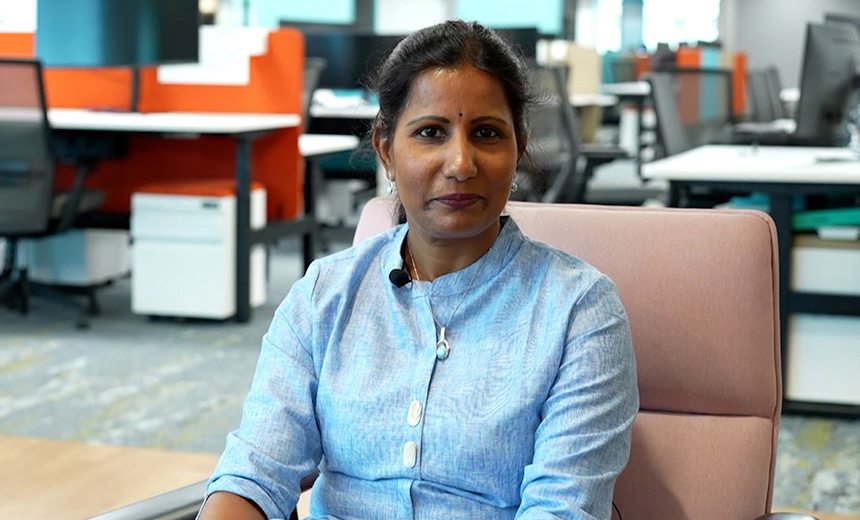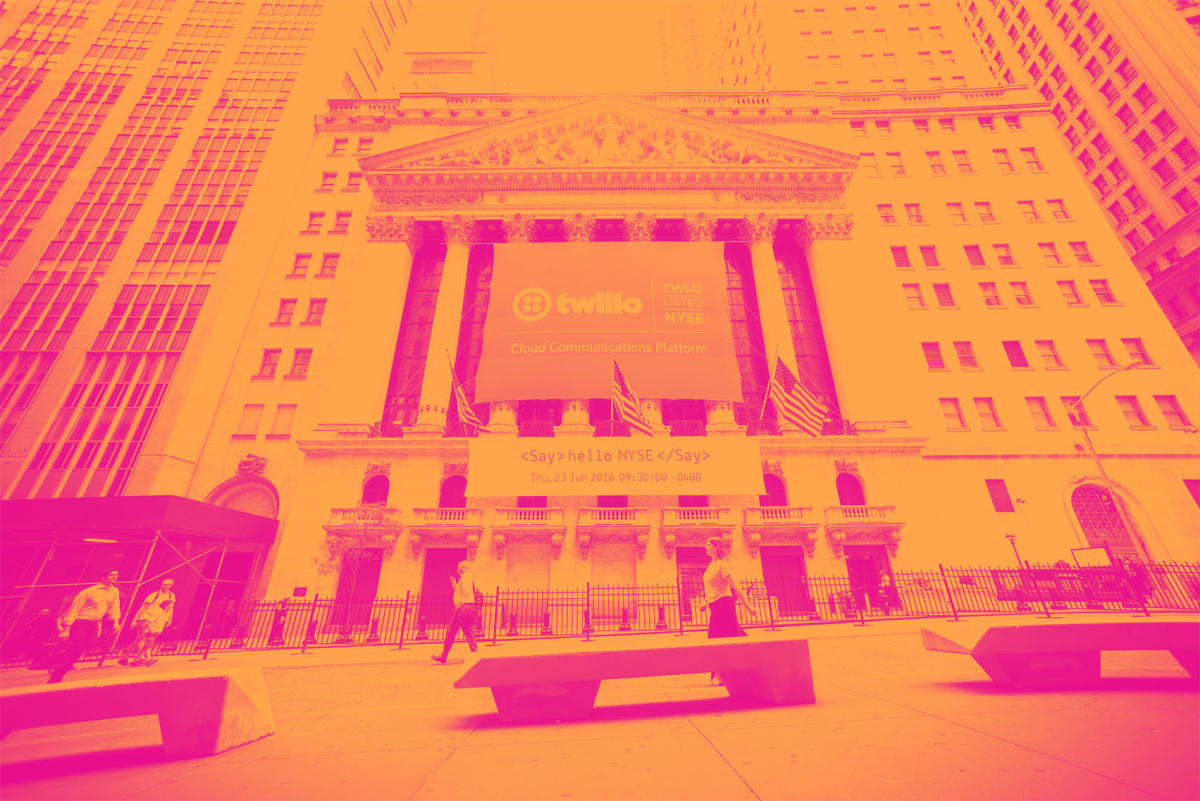Companies Race to Use AI Security Against AI-Driven Threats

Artificial Intelligence & Machine Learning
Palo Alto Networks’ Meerah Rajavel on Securing Enterprises With ‘Precision AI’

Cybersecurity professionals often face overwhelming challenges – from handling vast streams of data – such as logs, endpoint detection systems and firewalls – to integrating numerous cybersecurity tools. The focus must shift toward streamlined processes, artificial intelligence-driven solutions and unified architectures.
See Also: AI-Driven SOC Transformation with Cortex XSIAM
In an interview with Information Security Media Group, San Francisco-based Meerah Rajavel, CIO at Palo Alto Networks, emphasized why real-time responsiveness and the integration of AI-driven technologies are crucial in mitigating modern cybersecurity threats. “Security is a solvable problem only if you are looking at it with a lens of thinking from complexity to clarity,” she said.
Rajavel is responsible for Palo Alto Networks’ global information technology functions, driving a comprehensive strategy to scale and rapidly deliver innovative solutions for worldwide teams.
Edited excerpts follow:
What impact has Precision AI had on addressing cybersecurity challenges since its launch, and how does it differentiate itself in solving these issues?
To put it into context, Precision AI represents the evolution of AI in cybersecurity, with machine learning and deep learning techniques being integral to many solutions. We’ve been using AI in our products for years. For instance, we block more than 11.3 billion attacks daily, of which 2.3 million are brand new threats. Identifying these unique threats daily requires advanced AI capabilities, particularly deep learning and ML.
When generative AI emerged, it brought new opportunities and challenges. We believe cybersecurity demands 100% accuracy. Precision AI was developed to harness the combined strengths of ML, deep learning and gen AI to deliver exceptional accuracy and efficiency. For security practitioners, one of the biggest challenges is complexity. Precision AI simplifies this by providing actionable insights directly at their fingertips, helping them sift through massive volumes of data and threats with context-specific analysis. This technology is embedded across our platforms, including Strata for network security, Cortex for security operations, and Prisma for cloud security, ensuring comprehensive protection.
How does Palo Alto approach AI in cybersecurity? What are the key cybersecurity maturity requirements for effective implementation?
We approach AI in cybersecurity from three distinct vectors. First, securing AI by design is crucial, as our customers increasingly rely on AI in their ecosystems. As a cybersecurity solution provider, our objective is to ensure our customers are protected when using new technologies. The second vector involves combating adversaries who use AI to launch attacks. The rate of these attacks is exponentially faster and more sophisticated than ever before. To counter this, we must utilize AI to protect against AI-driven attacks. The third vector focuses on how AI can benefit security practitioners. By simplifying complex data analysis and enhancing product interactions, AI can significantly improve the efficiency and effectiveness of security operations.
Solutions such as AI Access Security, which provides visibility into AI usage within enterprises and ensures secure AI applications have seen development at 100 customers already benefiting from our AI security solutions, we see a clear shift in maturity levels. Organizations don’t need to be at an advanced level to start. Our platforms adapt to their specific needs and grow alongside them. With more than 10,000 models and 200 engineers dedicated to R&D, we’re continuously enhancing our capabilities to stay ahead of emerging threats. Our Cortex platform embeds over 4,000 models. By processing 7.6 petabytes of data and 59 billion events daily, our AI-powered solution reduces the noise and identifies approximately 100 to 110 actionable incidents. This enables our customers to focus on high-priority threats while automating repetitive tasks.
Accountability in AI governance is a complex issue. How do you see it evolving, especially as systems become more autonomous?
Governance and accountability are critical areas that need clarity. For instance, in discussions with an insurance industry CISO, we examined scenarios where autonomous systems make errors. If a system processes a claim incorrectly, who is held accountable? Is it the technology, the functional owner or the product designer? Today, accountability is usually assigned to the functional head. But as AI becomes more autonomous, governance models will need to evolve to define roles and responsibilities clearly.
Transparency and explainability in AI are essential. Large language models pose challenges due to their broad access capabilities. This is why agentic architecture is gaining traction – it allows for higher security constraints and better governance while addressing AI’s inherent transparency issues.
How have enterprises been adopting autonomous SOCs in their efforts to achieve autonomy?
Autonomous SOCs are becoming a reality, driven by two key factors. First, adversaries are evolving at a pace that outstrips our ability to scale human resources. Second, there’s a shortage of qualified cybersecurity talent. These dual pressures on both supply and demand – necessitate technological intervention. For example, our XIM – or Extended Incident Management – solution, which we launched just two years ago, has quickly become our fastest-growing segment. It’s nearing a billion dollars in revenue – a testament to its rapid adoption and effectiveness. While solutions such as SASE take longer to implement, XIM provides immediate and visible results, addressing the urgent needs of enterprises.
With AI taking center stage, do you think cybersecurity is being sidelined? Or is it now gaining equal attention alongside AI?
It’s not an either-or situation. If anything, AI has heightened concerns about security more than cloud adoption ever did. The speed at which AI operates and its potential impact has made businesses more attentive to cybersecurity. Boards are now prioritizing cybersecurity discussions because the economic stakes are high. Incidents such as breaches at UnitedHealthcare, which cost $2 billion, and Marathon Oil, highlight the disruptive financial consequences of cyberattacks. It’s no longer just about compliance or technology, it’s about protecting the bottom line. Governments are also enforcing stricter compliance regulations, such as reporting breaches within specific time frames. This regulatory pressure, combined with economic risks, ensures that cybersecurity remains a core focus, irrespective of advances in AI or cloud technology.
link







